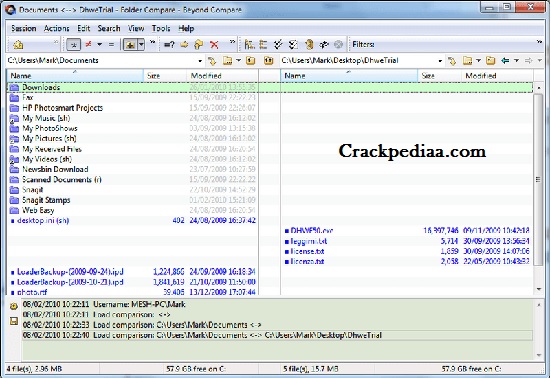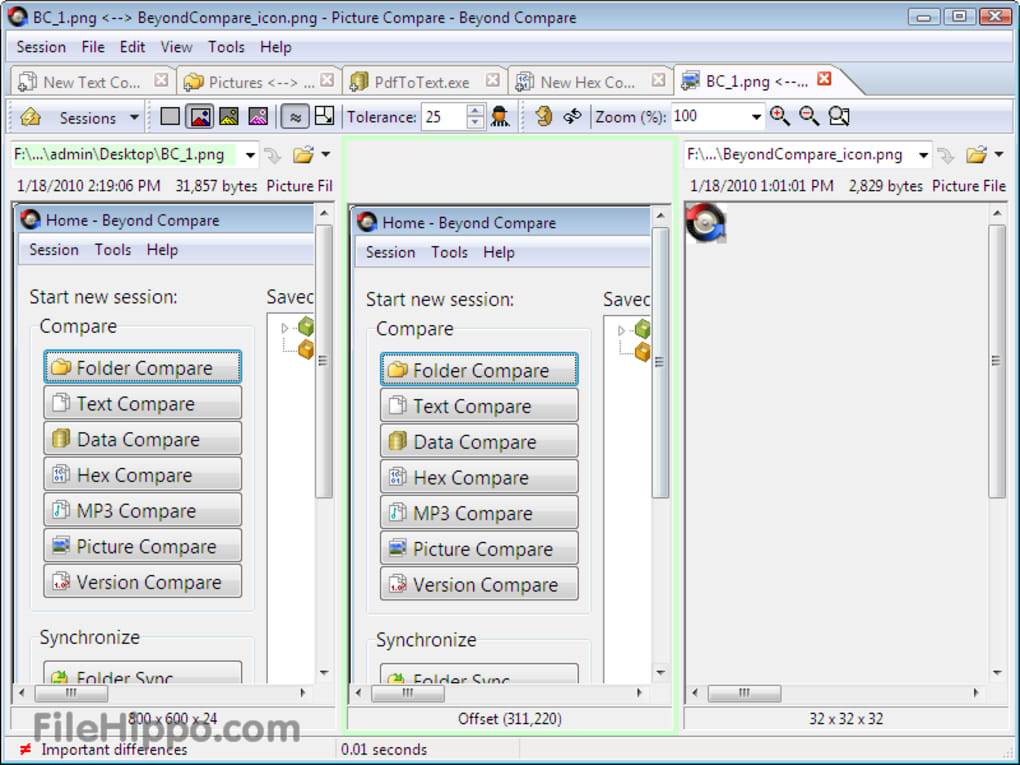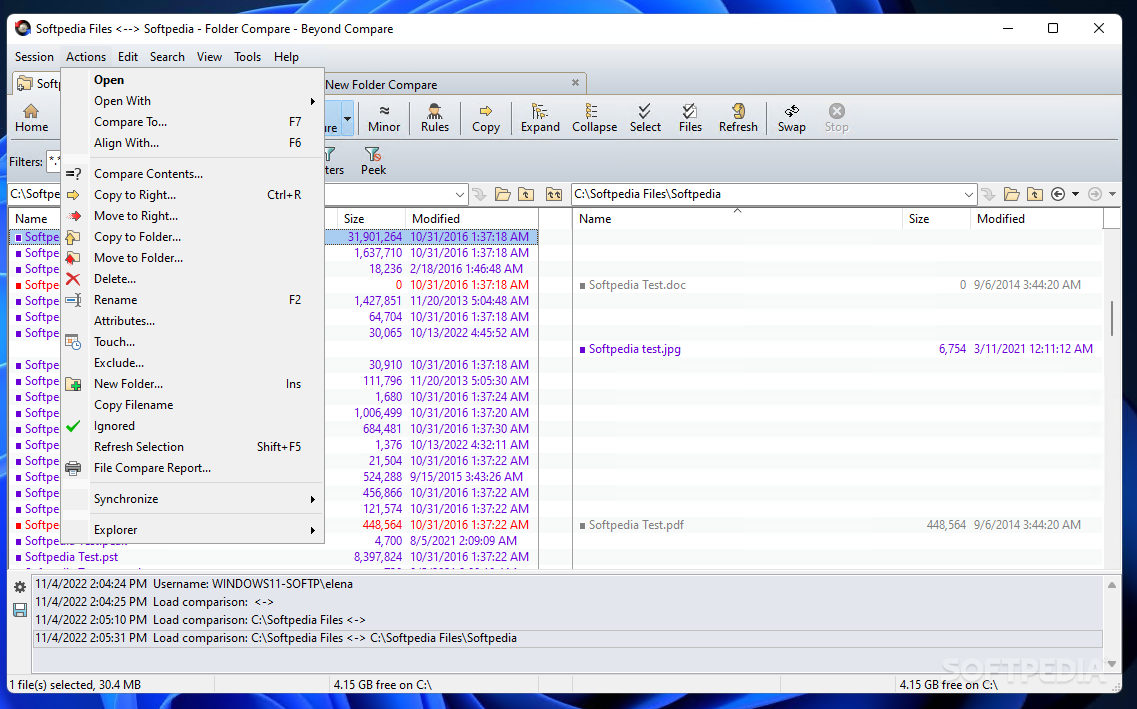

Interest in the role that digital health can play within public health response has only increased during the pandemic, where contact tracing was widely adopted across countries, exponential caseloads overwhelmed traditional information management systems, and long-term national underinvestment in digital reporting infrastructure was brought to the forefront. Prior to COVID-19, a range of digital tools were implemented during outbreaks, including for contact tracing. The first version of Go.Data was released in 2019 and deployed later that year in response to an outbreak of diphtheria in Cox’s Bazar, Bangladesh followed by responses in Kasese, Uganda and North Kivu, Democratic Republic of the Congo for the 2018–2020 Ebola outbreak. While major developments in Go.Data functionality have addressed some key gaps highlighted during the pandemic, continued dialogue between WHO and implementors, including cross-country experience sharing, is needed ensure the tool is reactive to evolving user needs. Concerted preparedness efforts across the domains of workforce composition, data architecture and political sensitization should be prioritized as key ingredients for future Go.Data implementations. It ultimately demonstrated that Go.Data was a useful complement to responses across diverse contexts, and helped set a reproducible foundation for future outbreaks. This study was the first to provide a comprehensive picture of Go.Data implementations during COVID-19 and what joint lessons could be learned. Among opportunities for enhancements were improved product documentation and features to improve usability with large data volumes. Several challenges surfaced, including shortage of the appropriate personnel and skill-mix within teams to ensure smooth implementation.


Formalization and standardization of data systems and people processes to prepare for future outbreaks were a welcomed byproduct of implementation, as 76% used paper-based reporting prior and benefited from increased coordination around a shared platform. Results highlighted WHO endorsement, accessibility, adaptability, and flexible support modalities as main enabling factors. While most implementations represented government actors at national or subnational levels, additional inputs were collected from United Nations agencies and universities. Participants were distributed across all six WHO regions and 28 countries. Resultsįrom April to June 2022, the research team conducted 33 interviews and collected 41 survey responses. Overarching themes were triangulated with survey data to clarify key findings.

Interview data were coded using deductive and inductive reasoning and thematic analysis of categories. Survey data was analyzed for basic univariate statistics. This study utilized mixed methods through qualitative interviews and a quantitative survey with Go.Data implementors on their experiences during COVID-19. This study aimed to characterize Go.Data use during COVID-19, elicit shared benefits and challenges, and highlight key opportunities for enhancement. Go.Data, an outbreak response tool developed by the World Health Organization (WHO) in collaboration with the Global Outbreak Alert and Response Network, streamlines data collection and analysis during outbreaks.
#Beyond compare 4 key for windows manual
A manual approach to case investigation and contact tracing can introduce delays in response and challenges for field teams.


 0 kommentar(er)
0 kommentar(er)
